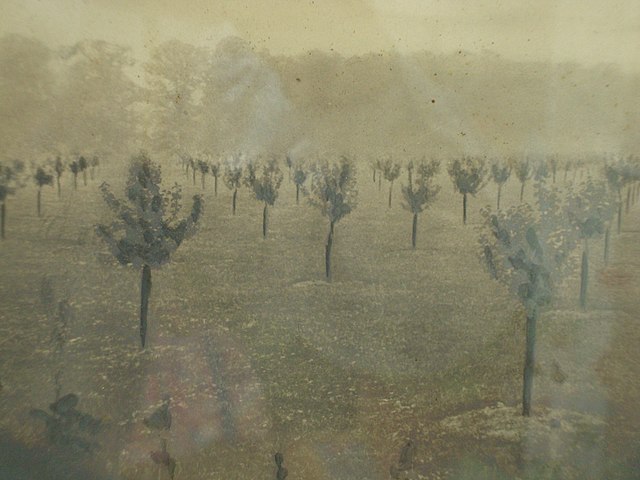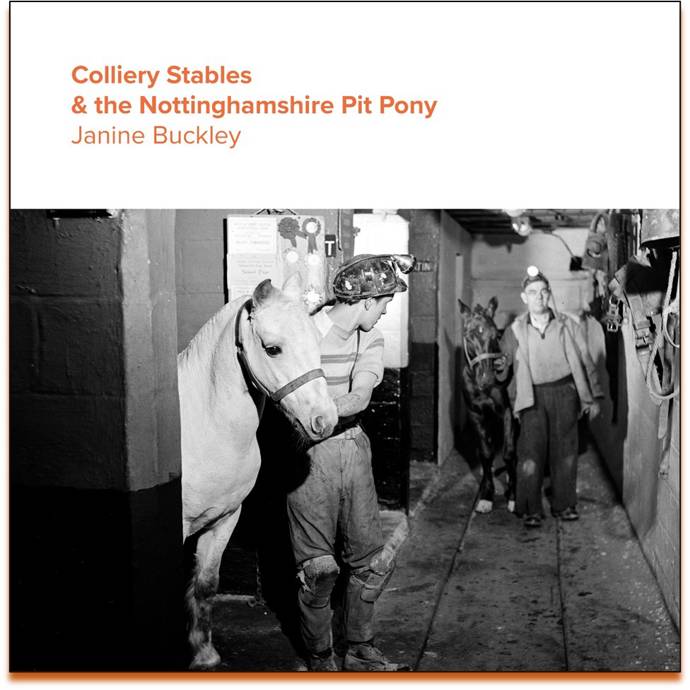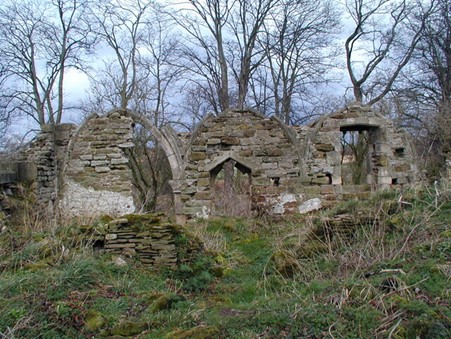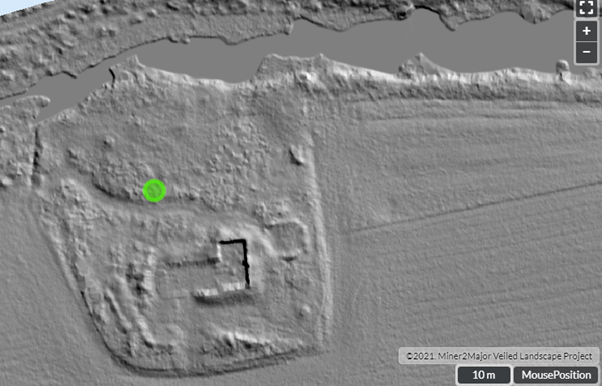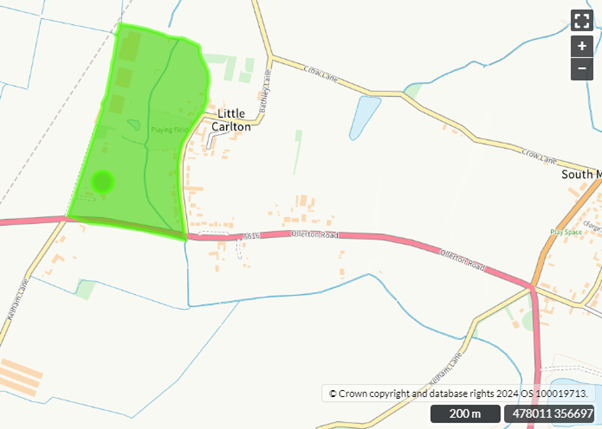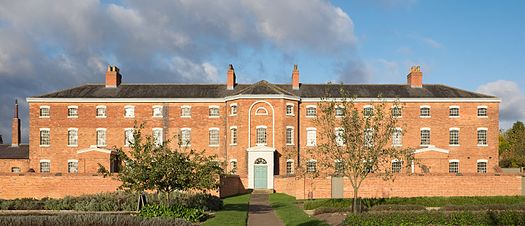Heritage Open Days in Nottinghamshire: September 2024
- Posted in:
- Heritage
- GetInvolved
This coming September will be very exciting for heritage lovers in Nottinghamshire with the return of Heritage Open Days’ annual community festival!
The festival, which has been running for over 25 years in the UK, provides individuals with the chance to get involved in heritage through exclusive local events. This festival contributes to the European Heritage Days in which 50 signatory states celebrate diversity, culture, and heritage every September.
Heritage Open Days aims to celebrate heritage and community by organising talks, workshops, and tours of historical sites. All the events in this festival are free. This includes rare visits to selected sites that normally ask for an entry fee. For example, usually closed on Sundays, the DH Lawrence Birthplace Museum will be opening its doors to the public, for free, on Saturday 7th and Sunday 8th September. Other sites included in this festival are Trent Bridge cricket ground, Newstead Abbey, Bromley House Library, and the Workhouse and Infirmary. Visit the Heritage Open Days website for the full list.
Running from Friday 6th September until Sunday 15th September, there are over 70 exciting events happening in the Nottinghamshire area.
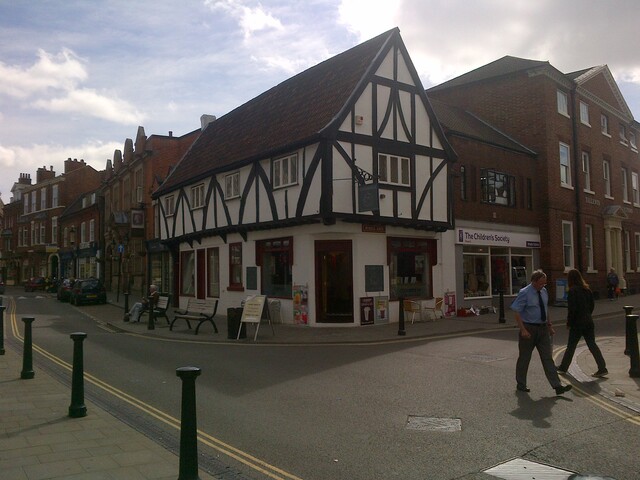
Above: 22 & 24 Kirkgate, Newark. To learn more about timber buildings in Newark, there will be a guided tour of Newark's timber framed heritage on Sunday 8th and Sunday 15th September. Visit the event information here.
Here are some of the events we’re excited about:
- Join the University of Nottingham’s Manuscripts and Special Collections team for a captivating journey through time. In a talk titled 'On the Road: Nottinghamshire's Early Tourists in Europe and Beyond', you will follow in the footsteps of early travellers from Nottinghamshire who ventured abroad on the 18th and 19th centuries. The talk takes place on Friday 6th September, booking is required. Book your place here.
- Nottingham Trent University will be offering an opportunity to visit the original Bramley apple tree in Southwell, Nottinghamshire on Saturday 7th September. No booking required. For more event information, visit the event page here.
- Join a guided tour covering the rich history of a beautiful community-owned wildlife site of Spa Ponds Nature Reserve that sits on the edge of the historic Clipstone Deer Park near Mansfield. ‘The site's story connects with Sherwood Forest, King's Clipstone, and King John's Palace’. The tour will take plan on Saturday 14th September, booking is required. Book your place here.
- A demonstration on how to maintain and repair historic buildings will be hosted in Newark by Nottinghamshire Buildings Preservation Trust and Newark Civic Trust. ‘There will be demonstrations of the skills and techniques required and the chance to get hands on with some of the skills. There will be stalls around the demonstration area related to the experts and the groups involved’. This event is due to take place on Saturday 14th September, no booking required. For more information, visit the event page here.
- ‘Celebrate nature and heritage at Mill Waters, Sutton in Ashfield, with free traditional crafts demos and activities, nature-based crafts for kids, story trail, heritage display, traditional games, abseil of England's oldest railway viaduct, live music and more’. This event takes place on Saturday 14th September, no booking required. For more event information, visit the event page here.
To find out about all the events being offered in Nottinghamshire, including dates and booking information, please visit Heritage Open Days.
Please be aware that free entry to some sites is only on specific set days and some events may require booking.

